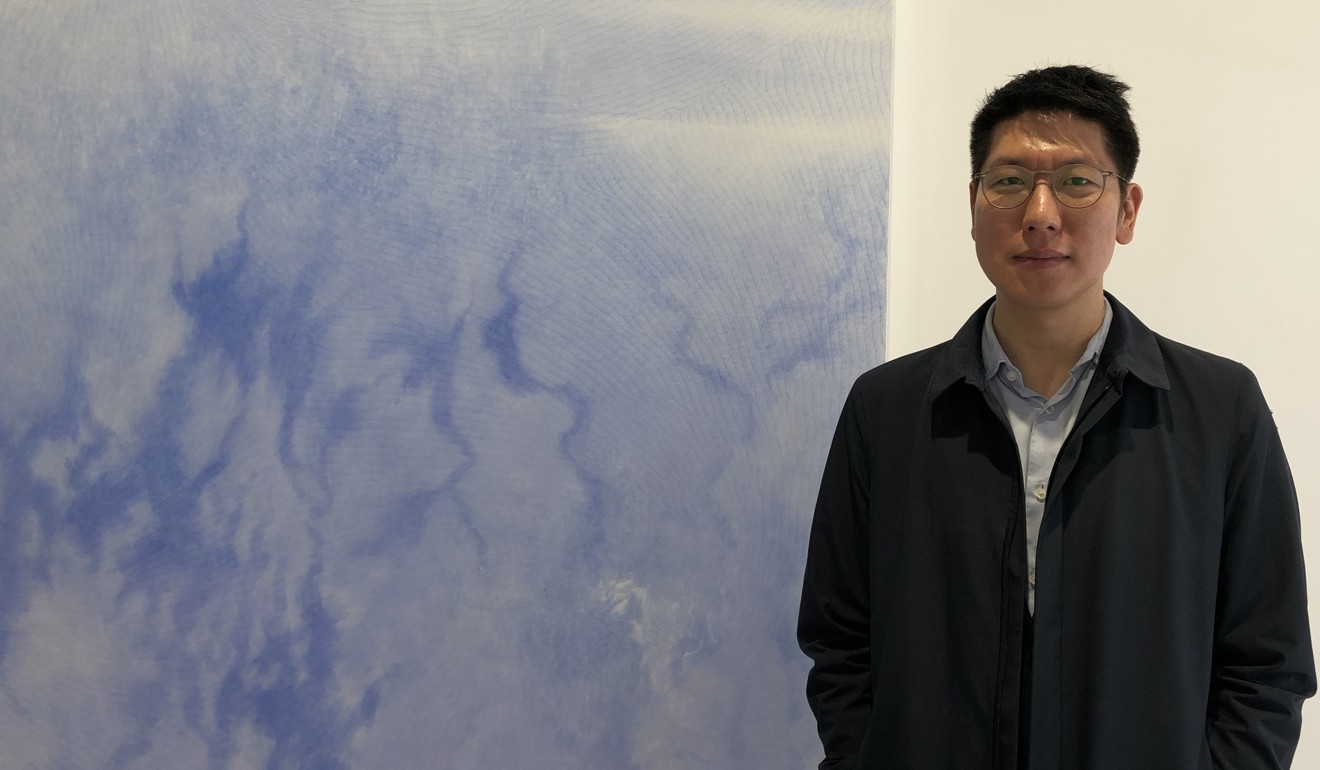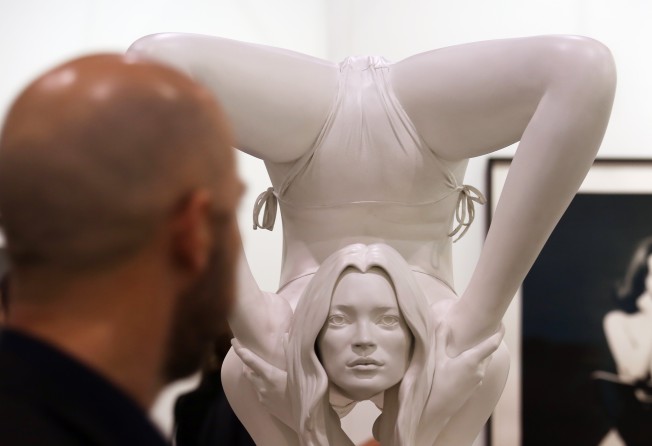
Chinese art collectors rein in their spending as Beijing’s capital controls begin to bite
- Curbs on taking money out of China, the threat of US tariffs on exports and the slowing economy have blunted Chinese buyers’ appetite for contemporary art
- However, high-quality works, and art new to Asia such as that at Art Basel, will still find buyers, one Chinese art market player says

Art Basel Hong Kong, like its sister fairs in Switzerland and the United States, is the ultimate in luxury markets. Like other Veblen goods, it becomes more desirable the more expensive it is, and the elite who can pay the equivalent of the price of a substantial Hong Kong flat for a painting have often shown themselves to be above the ebbs and flows of macroeconomics.
Take the 2016 edition of the fair, for example. The Chinese stock market bubble had just burst, and the Chinese government was getting serious about stopping capital leaking out of the country, which meant less money could flow into Hong Kong. The 2015 art auctions in China yielded 25 per cent less than the year before because of fears of a serious downturn. Still, galleries at Art Basel Hong Kong reported brisk sales, especially for works by big-name Western artists.
One of the reasons given was that there was so much cash parked outside China, and so many private museums waiting to be filled, it would be some time before the impact of the capital controls became apparent at the annual fair, held at the Hong Kong Convention and Exhibition Centre.
Has the time of reckoning now arrived? A new report on the Chinese art market published by Tefaf, the Dutch art fair, suggests that Chinese collectors are likely to buy more within their own customs borders than in Hong Kong because the capital controls are starting to bite. Meanwhile, the continuing spectre of damaging US tariffs, a substantial and long-term threat to China, has yet to dissipate.

David Tung Daozi, the China director of Lisson Gallery, which represents artists such as Marina Abramovic, Anish Kapoor and Lee Ufan, says at the UK gallery’s new Shanghai branch that the economic slowdown could put more pressure on collectors to sell, but China’s secondary market isn’t ready.
“The Chinese auction market only sells Chinese art, and it needs to provide a secondary market for Western art. It will take time, though, because if you have bought Western art through the grey market without paying import duties and Chinese value added tax, you wouldn’t want it seen in auction or have them shown publicly,” he says. What he proposes would suggest the real reason so many collectors say they never sell is not a deep attachment to the art.
Valerie Wang Conghui, director of the privately owned Zhi Museum in Chengdu, western China, says buying has become more selective, but will continue. “The economy has weakened since 2018 but private museums are still buying. If it’s something that the institution can do without, art that is not particularly outstanding, that’s where the liquidity concern hits. But there is still enough cash left for people to fight over the high-quality works.
“Sadly, since 2018, the auction houses have not really supplied very good contemporary Chinese art. Art fairs like Art Basel are not exactly cheaper, but they are certainly a convenient channel for collectors to choose art that is new to Asia,” she says.